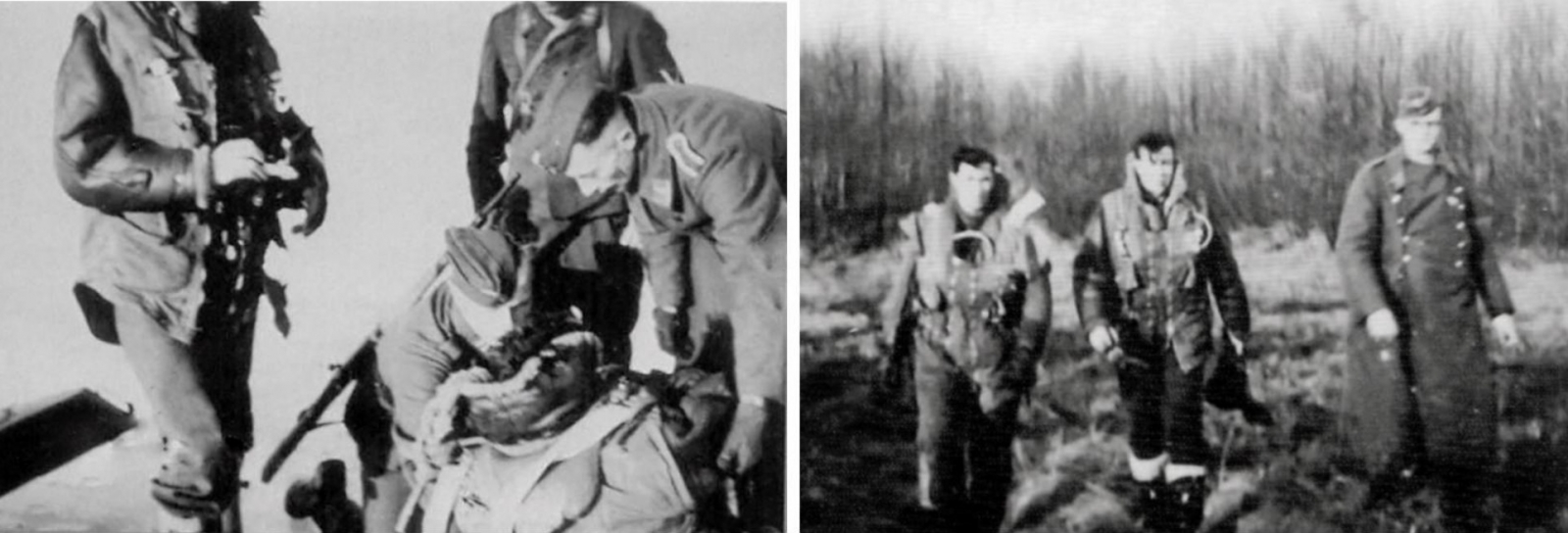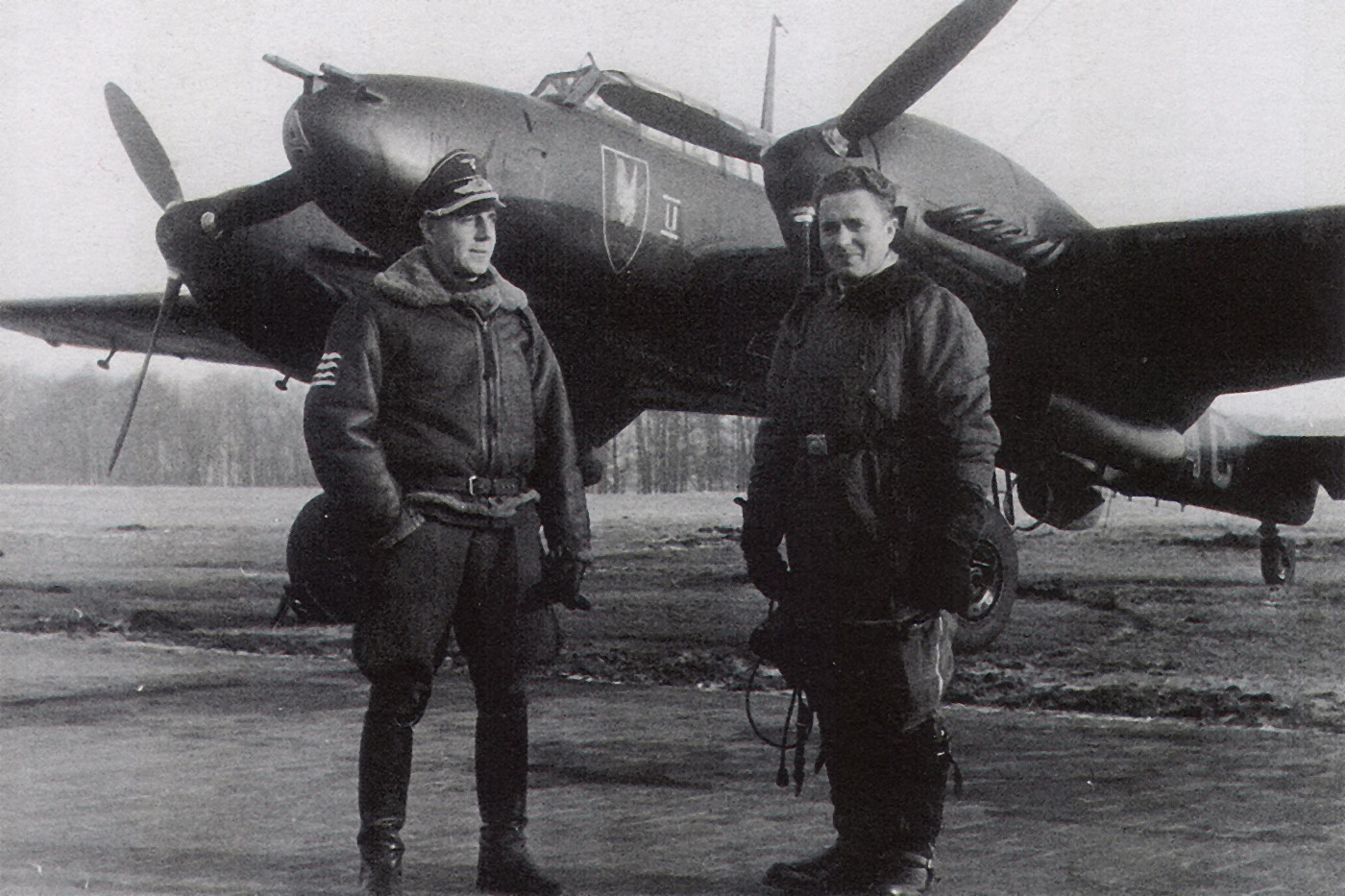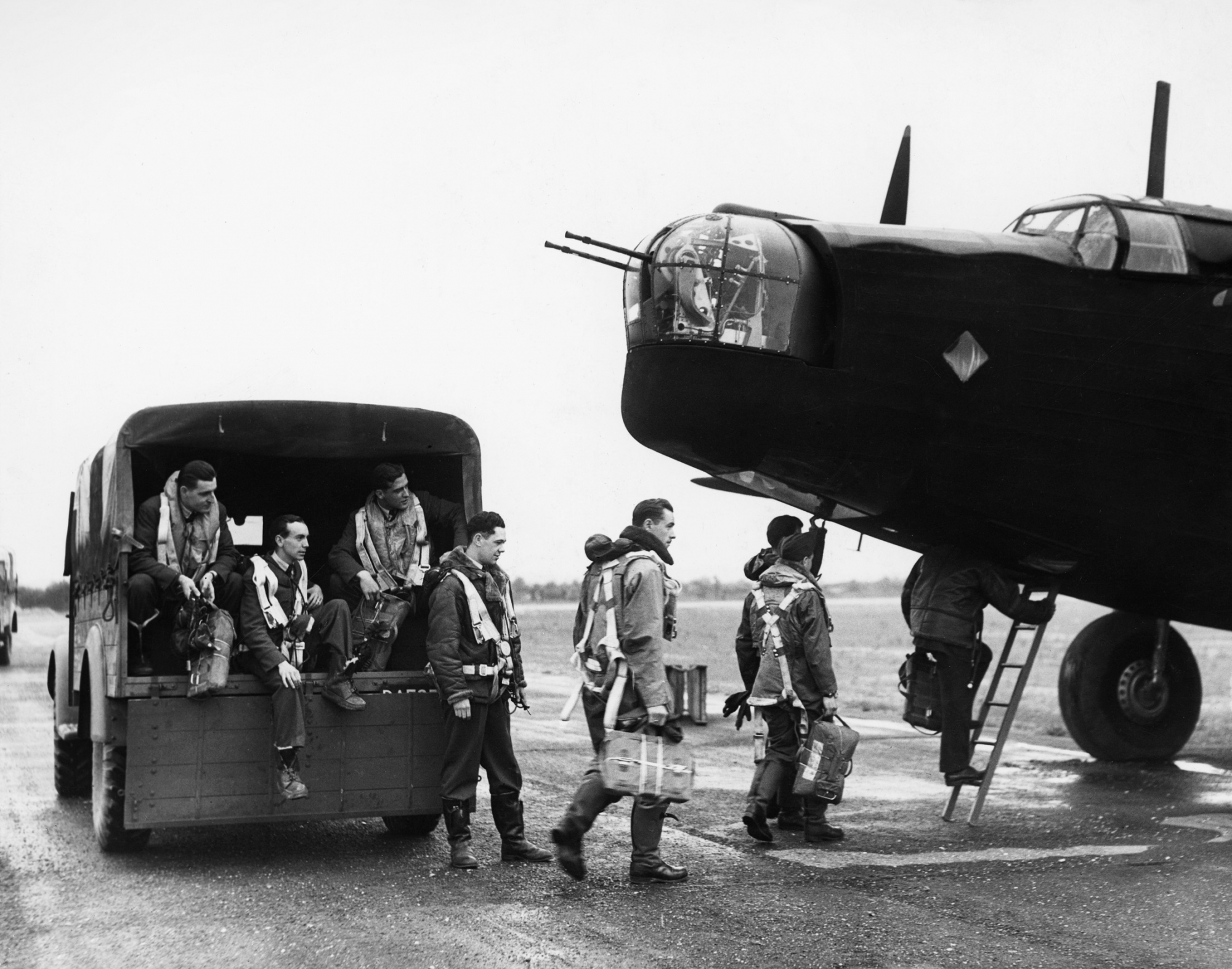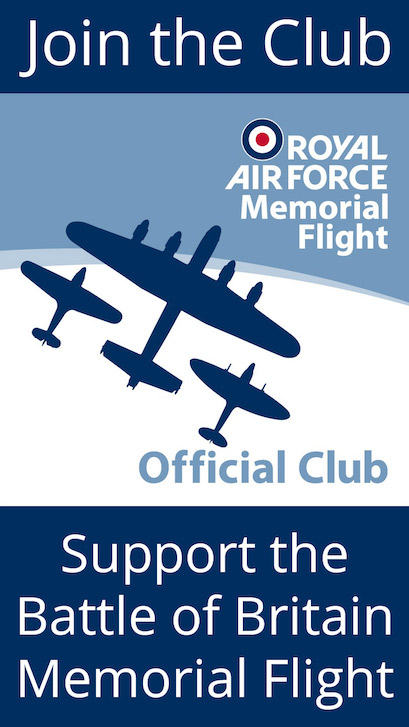80 years ago – Bomber Command hits back
Header image: A Vickers Wellington crew boarding their aircraft for an operation.
Eighty years ago, in February 1941, Britain was suffering from constant bombing by German aircraft, night after night, during the ‘Blitz’, which had begun during the latter stages of the Battle of Britain in 1940 and continued until May 1941. Whilst the Germans bombers rained death and destruction on Britain, RAF Bomber Command retaliated and hit back at targets in Germany and occupied Europe with increasing ferocity.
On the night of Monday 10-11th February 1941, for example, RAF Bomber Command dispatched 222 aircraft (112 Wellingtons, 46 Hampdens, 34 Blenheims and 30 Whitleys) to attack industrial targets in Hannover. Another 43 RAF bombers targeted oil-storage tanks in Rotterdam. This was also the first operational mission for the new Short Stirling four-engine heavy bomber (three Stirlings of 7 Squadron joining the Rotterdam raid). Four aircraft (2 Wellingtons, 1 Blenheim and 1 Hampden) were lost and four more were shot down over England by German Dornier Do 17Z and Junkers Ju 88C-2 night-intruders.
One of the aircraft which failed to return from the raid on Hannover that night was Vickers Wellington IC T2702 ‘LS-H’ of 15 Squadron, from Wyton, Cambridgeshire. The crew of this aircraft were flying their 16th ‘op’ of the war. The last Morse code radio message received from them at 2135 hours was to confirm mission completed. During the flight home, the Wellington was intercepted and attacked by a Luftwaffe night fighter, Bf 110 ‘G9+AC’, flown by Hauptmann Walter Ehle of II./NJG 1 (based at Deelen airfield in the Netherlands). The night fighter was spotted by the Wellington’s rear gunner and the pilot carried out evasive manoeuvres, including putting the flaps down to force the Bf 110 to overshoot, but the bomber was hit by the BF110’s cannon shells and set on fire. The pilot, Sergeant Bill Garrioch, crash-landed the blazing aircraft on the frozen Ijsselmeer in the Netherlands at about 2230 hours. The aircraft slid for a considerable distance until the nose broke through the ice and it came to an abrupt halt.

Five of the all-NCO crew, including the pilot, survived the crash and escaped from the wrecked aircraft, but the 19-year-old front gunner, Sergeant Glyndwr ‘Taffy’ Reardon had been seriously or even fatally wounded and he did not emerge. The nose of the aircraft had penetrated the ice and his turret was underwater. The others could not reach him. Attention was directed to the badly injured rear gunner, Sergeant John Hall, the ‘old man’ of the crew at 24. He had fired at the German night fighter, but had been seriously wounded in the lower legs by cannon shell shrapnel (he later had a leg amputated by German doctors). The four crewmen who could walk dragged Hall across the ice on an opened parachute, away from the wrecked aircraft – it was very dark and very cold – until they were found on the ice by German soldiers at daybreak. All five airmen underwent medical treatment in the special (‘bugged’) ward for Allied airmen in the Wilhelmina Hospital in Amsterdam and then became POWs.
The abandoned Wellington lay on the ice, with its nose underwater, out of sight from the shore some 9 miles (15km) away until a week later when it broke through the ice and landed on the lake bottom. The frozen body of Sergeant Glyndwr Reardon was still inside the front turret.

Over subsequent years Dutch fishermen often snagged their nets on the sunken wrecked aircraft and it was gradually torn to pieces. After the war, in 1947, the Dutch recovered some human remains from the front turret, which were buried in Jonkerbos War Cemetery in Nijmegen, on 26th June 1947, initially as an unknown airman. Subsequently, the aircraft was identified and in 1952 the unknown status was changed to Sergeant Glyndwr Reardon, and his name was engraved on the grave stone. Later still, that part of the Ijsselmeer was reclaimed and became farmland. More aircraft wreckage was ploughed up along with some more human remains. A loose serial number plate from a Bristol Pegasus engine was found which revealed the identity of the aircraft and confirmed that the remains were those of Sergeant Reardon; these were added to his grave in 1967.

For the Luftwaffe night fighter pilot, Hauptman Walter Ehle, who shot down the Wellington, this was his second night victory. Ehle became one of the longest serving Gruppenkommandeur in the Luftwaffe, leading II./NJG 1 from October 1940 until November 1943. He claimed a total of 36 aerial victories at night, but was killed, along with his radar operator, on 18th November 1943 in a flying accident when the airfield lights were extinguished as he was attempting a night landing in his Bf 110.







